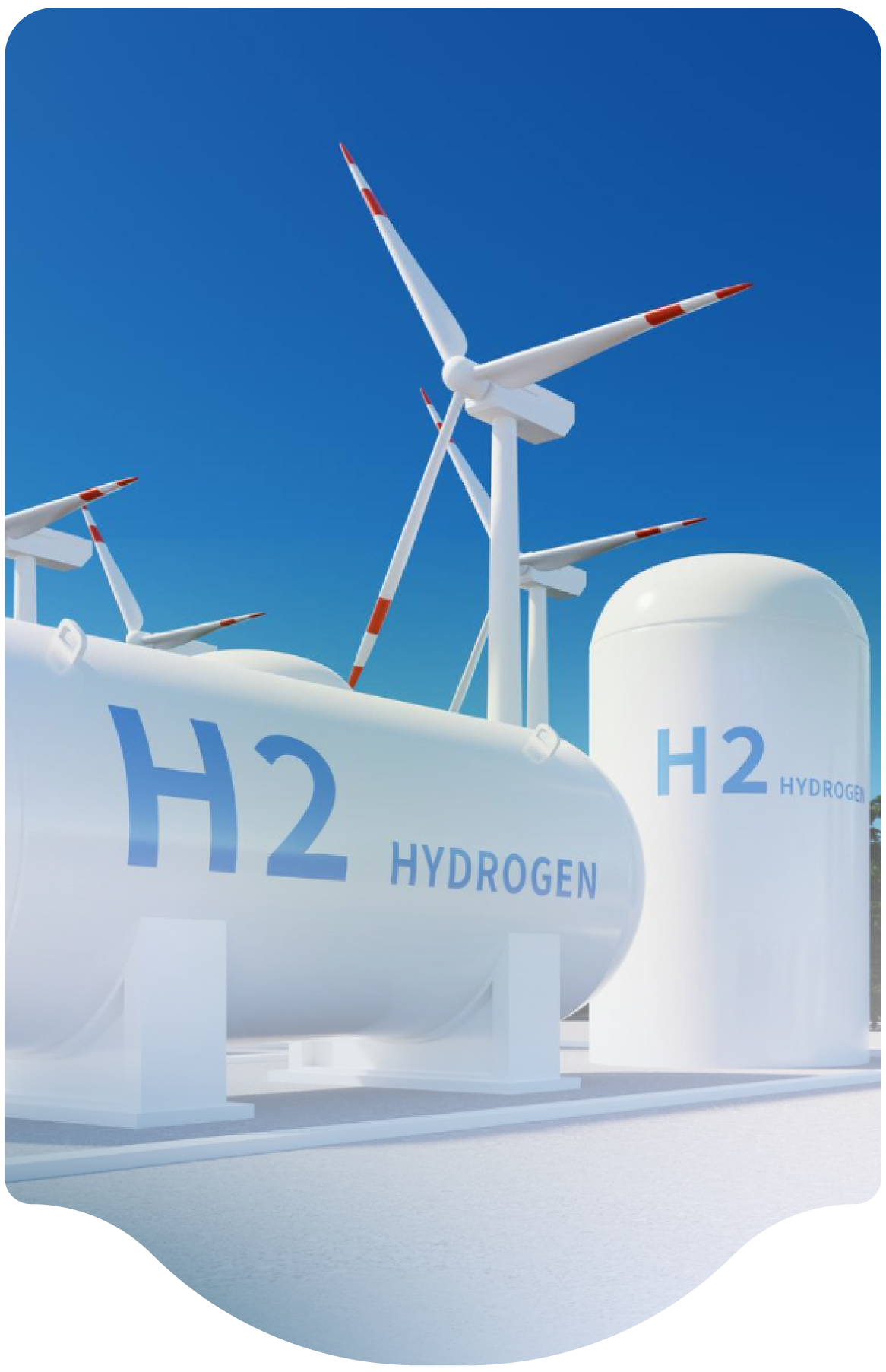Abstract
Proton exchange membrane fuel cells (PEMFCs) are good candidates for portable energy sources with a fast response to load changes, while being compact as a result of their capability to provide a high power density. Hydrogen constitutes the fuel for the PEMFC and can be obtained in situ to avoid transportation and safety problems. An efficient method to produce hydrogen is by methanol steam reforming in a microreactor, an endothermic reaction for which the highest efficiency occurs between 250 degrees C and 300 degrees C. Different methods have been used to reach and maintain these temperatures including electrical heaters and exothermic reactions. We propose to use solar energy to increase the efficiency of the microreactor while taking advantage of a free renewable energy source. The microchannels, where the water-methanol mixture flows, are insulated from the surroundings by a thin vacuum layer coated with a selective material. This coating has a high absorptance for short wavelength incoming radiation and low emittance for infrared radiation, reducing the heat losses. By using these coated insulation layers, the fluid temperature in the microchannels is predicted to be higher than 250 degrees C. Hence, it is expected that the solar-powered microreactor will produce hydrogen with a higher overall efficiency than the present reactors by taking advantage of the solar radiation.
Year of Publication
2010
Journal
Journal of Solar Energy Engineering-Transactions of the Asme
Volume
132
ISBN Number
0199-6231
Accession Number
WOS:000273596200005
DOI
10.1115/1.4000354
Alternate Journal
J Sol Energ-T Asme

